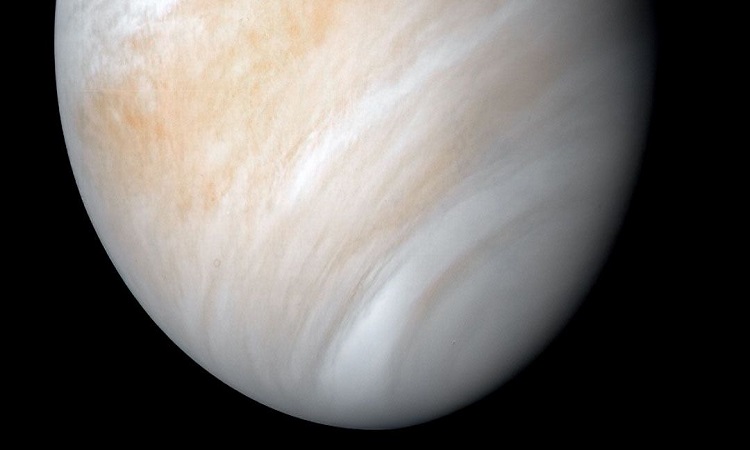Scientists report the discovery of glycine – an essential building block for protein – in the atmosphere of Venus. This is the first time that this amino acid has been discovered on a planet other than Earth.
In mid-September, a team of researchers announced that they had detected phosphine in the upper atmosphere of Venus, at an altitude where temperatures and pressures are similar to those recorded here at sea level on Earth. The announcement made headlines, as on our planet these molecules can be produced by anaerobic bacteria.
However, just isolating the spectral signature of phosphine in the atmosphere of Venus does not necessarily mean that extraterrestrial life has been discovered. It is also possible that the substance is generated by other exotic chemical reactions.
A few weeks ago, another team of researchers suggested that phosphides formed in the mantle of Venus could be brought to the surface by volcanism, before being ejected into the atmosphere. Here, they could then react with water or sulfuric acid to form phosphine.
Wisteria in the atmosphere of Venus
That said, a team of astronomers relying on the Large Millimeter / Submillimeter Antenna Array of Atacama (Chile), today announces the discovery of a new piece in the complicated puzzle of the Venusian atmosphere: glycine. This amino acid is said to have been isolated at mid-latitudes near the planet’s equator.
There are around 500 known amino acids, but only twenty are present in the genetic code. Wisteria is one of them. It is also the “simplest”. Although glycine and other amino acids are not biosignatures, they are, however, the building blocks of life. Glycine is particularly important for the development of proteins.
Not a solid proof of life
It should be noted that the detection of this wisteria is a further clue to the possible existence of life on Venus, but again, this is not solid evidence. “Although on Earth, glycine is produced by biological processes, it is possible that on Venus, this amino acid is produced by other photochemical or geochemical means, not very common on Earth”, warn researchers from the Department of Physics of Midnapore College (India), at the origin of this work.
Also, remember that wisteria has already been detected on comets and meteorites where there is really no hope of life.
Finally, note that the document itself has not yet been peer-reviewed. Several limitations can also be highlighted. The spectroscopic signal of glycine, for example, is very close to that of sulfur oxide. Also, it is possible that there is an error in the interpretation of the results. These observations, like that of phosphine, have also not been duplicated or verified.
Could the clouds of Venus shelter life? The best way to find out would eventually be to go and have a look. Luckily, that’s exactly what Rocket Lab plans to do.




